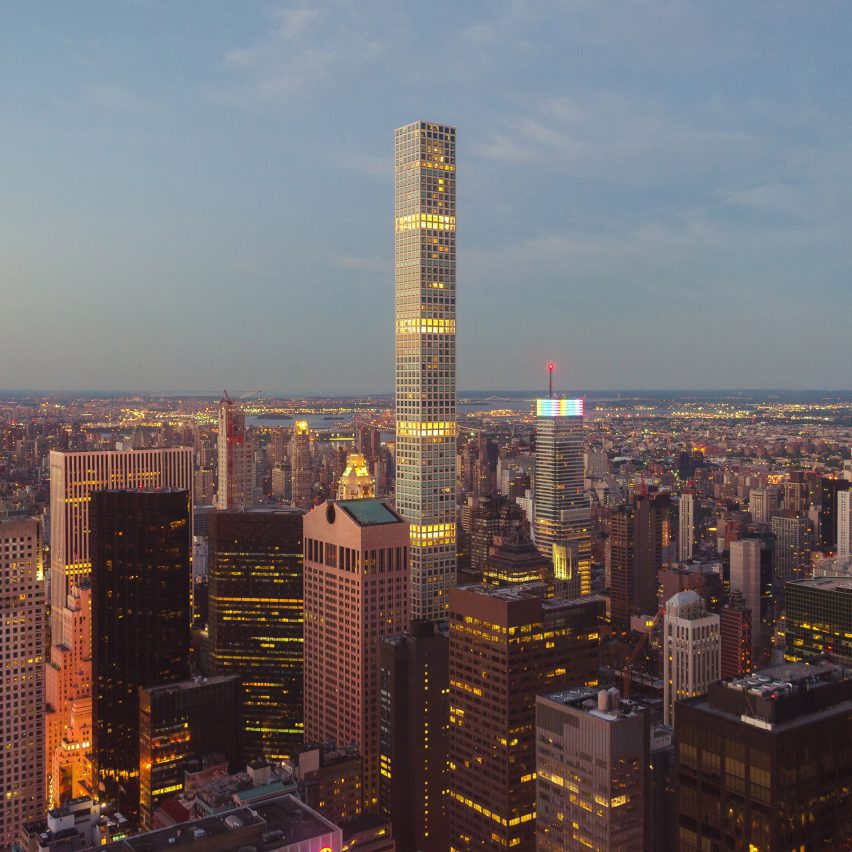Eight trends that have defined the past 20 years of skyscraper design

From glass facades to vertical farms, we take a look at some of the trends that have influenced the past two decades of skyscraper design as part of our 9/11 anniversary series.
The race to the sky
Since the attack on the Twin Towers on 11 September 2001, there has been an acceleration of high-rise construction around the world. Architects are now able to reach record heights due to advances in structural engineering and more sophisticated lightweight elevator infrastructure.
In 2019, this saw a record number supertalls ? buildings over 300 metres ? reach completion worldwide. However, since 2010, the title of the world's tallest building has been held by the Burj Khalifa (above), a skyscraper in Dubai designed by architect Adrian Smith while working at architecture studio SOM. At a height of 828 metres, the Burj Khalifa is actually classed by the Council on Tall Buildings and Urban Habitat as a megatall ? a building that is over 600 metres tall. Its 11-year reign as the tallest building could soon end though, as construction of Kingdom Tower in Saudi Arabia, also designed by Smith, is underway with a goal of exceeding 1,000 metres in height.
The world's two other megatall buildings are the Shanghai Tower in China, which Gensler completed in 2015, and the Abraj Al-Bait Clock Tower in Saudi Arabia that Dar al-Handasah Shair & Partners completed in 2012.
Photo is by Ulrik Hasselstrom via Unsplash
Glass facades
Clean-cut glazed facades have come to define the modern sky...
| -------------------------------- |
| ALAMEDA. Vocabulario arquitectónico. |
|
|
Villa M by Pierattelli Architetture Modernizes 1950s Florence Estate
31-10-2024 07:22 - (
Architecture )
Kent Avenue Penthouse Merges Industrial and Minimalist Styles
31-10-2024 07:22 - (
Architecture )






